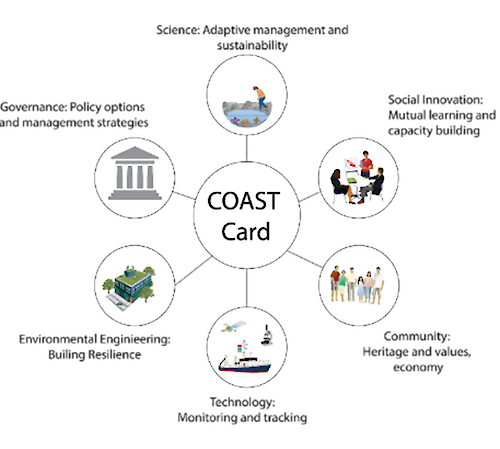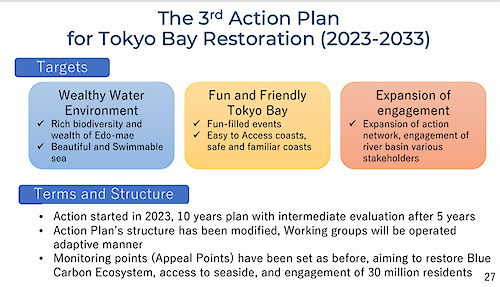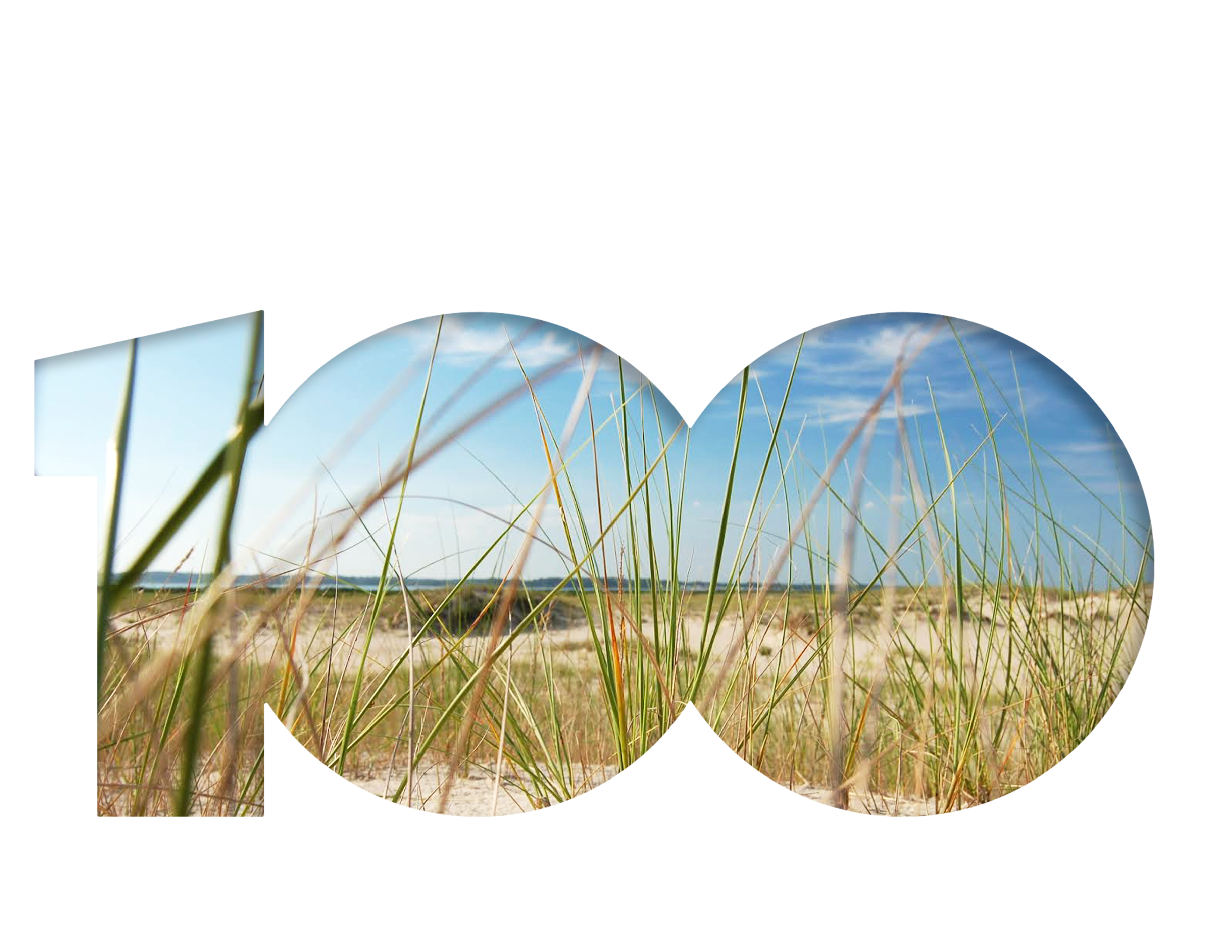A Hopeful Reflection on a Tool for Sustainable Coastal Management
Colin S. Vissering ·“The Foundation of all life is in the ocean.”
Jean-Michel Cousteau
Are our coasts more than just picturesque landscapes? That was obviously just a rhetorical question for a blog in an Environmental Science Management class. Coasts are dynamic ecosystems that provide critical services—from supporting biodiversity to sustaining livelihoods. In class, we’ve dissected a multitude of threats these areas face: habitat degradation, pollution, overfishing, and the relentless march of climate change. These threats loom large, endangering not only the ecological balance but also the communities that depend on coastal resources. Should we give up hope because the environmental degradation is so far along that it is beyond reversal? I think not.

Here is where the COAST (Collaborative Assessment and Strategies for Threats in Coastal Areas and Resources Development) Card project stands as a beacon of hope for the management and future health of coastal waters. . Funded by the Belmont Forum, the project is a collaboration of international scientists united by a common goal—to develop and implement sustainable coastal management practices.

A Three-Pronged Approach: The COAST Card Project is centered around a three-pronged strategy, including:
- Stakeholder Engagement: The success of any environmental strategy hinges on the involvement of those it affects. COAST Card employs socio-ecological network analysis to ensure that every voice is heard, from local fishermen to international NGOs.
- Environmental Assessment: You cannot manage what you don’t measure. COAST Card uses socio-environmental report cards to provide a clear snapshot of the health of coastal ecosystems, setting benchmarks for improvement, and tracking progress over time.
- Decision Support: COAST Card uses system dynamics modeling, social network analysis, and other community-based models to inform management. These models serve as a decision-making aid as they help policymakers and stakeholders visualize the outcomes of their actions and adapt strategies accordingly. [1]
Dr. Keita Furukawa, COAST Card scientist and professor at both the Tokushima University and Tokyo University of Marine Science and Technology (TUMST), gave a guest lecture at the Science for Environmental Management class. His lecture provided a tangible and interesting example of the COAST Card’s application in Japan. He detailed the environmental challenges of Tokyo Bay, a vital economic hub that has suffered from industrial pollution and urban development. Through COAST Card and other environmental restoration programs, efforts are being made to restore the bay’s ecological integrity. He also mentioned the Tokugawa Shogunate as part of the development of Edo, which is very cool since I’m watching Shogun on Hulu at the moment.

An aspect that resonated with the class was the concept of Satoumi. Described by Dr. Furukawa in his presentation, “Sato” means the area where people live and “umi” means the sea in Japanese. This traditional Japanese approach to coastal management aligns perfectly with the COAST Card’s ethos, emphasizing sustainable resource use and the importance of human engagement with the marine environment.[2] It is a concept that embraces a human-nature synergy, as opposed to the separation between humans and nature we have recognized since at least the beginning of the industrial revolution.
Living in Japan in my 20s, I grew to understand how Japanese society incorporated the values of the environment with its culture (as well as how best to eat noodles while running for a train back to work at 5AM). Much like the process outlined by the COAST Card , creating and maintaining Satoumi demands a collaborative, transdisciplinary approach that transcends conventional academic approaches. It necessitates weaving together natural sciences, social sciences, and humanities, co-designing research agendas, co-producing integrated knowledge, and co-delivering outcomes in partnership with diverse stakeholders. This holistic strategy is paramount because social-ecological systems in Satoumi regions exhibit complexity and high uncertainty. Effective problem-solving hinges on active engagement with local communities, as solutions imposed without their participation risk being fully effective.[3]

Our class discussions have not been limited to theoretical frameworks, but often draw upon our personal experiences with work, life, and education to expand upon the material we have covered for the week. One of the more interesting components for this week was reading the weekly essays and discussing how the COAST Card initiative could be applied to various regions worldwide. From the coral reefs of the Caribbean to the mangroves of Southeast Asia, we discussed the environmental challenges that rose to the level where the principles of the COAST Card could be adapted to a diversity of ecosystems and governance structures. It is this universality of environmental issues, the dedication and knowledge of the scientists and experts who embrace these challenges, and the interest and commitment of stakeholders that allow for the application of this tool virtually anywhere in the world.
Reflecting on the COAST Card initiative has been an enlightening experience. It shows the importance of a structured, collaborative approach to environmental management. As we move forward, the lessons learned from the COAST Card initiative will undoubtedly influence our perspectives on sustainability and the stewardship of our planet’s precious coastal ecosystems.
Sources
- Coastal Ocean Assessment for Sustainability and Transformation (COAST Card) | Projects | Integration and Application Network (umces.edu)
- Tanaka, T., Furukawa, K. (2020). Prospects for Practical “Satoumi” Implementation for Sustainable Development Goals: Lessons Learnt from the Seto Inland Sea, Japan. In: Ceccaldi, HJ., Hénocque, Y., Komatsu, T., Prouzet, P., Sautour, B., Yoshida, J. (eds) Evolution of Marine Coastal Ecosystems under the Pressure of Global Changes. Springer, Cham. https://doi.org/10.1007/978-3-030-43484-7_23
- Kakuma S. Satoumi Systems Promoting Integrated Coastal Resources Management: An Empirical Review. Sustainability. 2022; 14(18):11702. https://doi.org/10.3390/su141811702
About the author
Colin S. Vissering

Colin Vissering is a second year PhD student in the MEES program at College Park. He is focusing on ecosystem valuation related to coastal resilience projects under the guidance of Dr. Lisa Wainger at the Chesapeake Bay Lab. He is also a certified urban planner and floodplain manager who pays for school by running a consulting company that helps communities develop natural hazard mitigation projects in post-disaster scenarios. He has two boys who have thankfully left home and become employed, and a wife who bakes too well for him ever to be slim.
Colin can be found on LinkedIn at Colin Vissering - Vissering Consulting Group, Inc. | LinkedIn
Next Post > CERF Conference in Portland Oregon
Comments
-
Meghna Mathews 2 years ago
Colin, I loved your blog! I really liked how you tied in our class discussions with Dr. Dr. Keita Furukawa's presentation from last class. You did such a great job explaining the significance of the COAST card project and its use as a tool in environmental management. Hopefully COAST cards can be implement around the places we all suggested in our homework assignments to change the governmental structure and policies regarding current management practices.
-
Kayla 2 years ago
Excellent job explaining COAST, Colin! Your blog and our discussion last week has me excited about the prospects and expansion of COAST
-
Antonia Zais 2 years ago
Colin, I think you did a great job summarizing the most important aspects from our COAST Card discussions last week. You touched on COAST Card's key framework elements and the complexity that comes with this line of work, but you ended on a very hopeful note, saying that the universality of the world's most pressing climate challenges should be a uniting force for environmental scientists everywhere. I agree that COAST Card has influenced my perspectives on global environmental management and I hope the project helps communities even outside of the project's designated regions. Great work!
-
Joy Amadi 2 years ago
Colin, it's interesting to know that you still have a photo of yourself when you were much younger. So yes, I do agree with you that in order to provide creative solutions and strategies that would help mitigate environmental threats, stakeholders from a variety of backgrounds, including those who are disproportionately affected by the environmental problem, must work together. Great blog!
-
Gage Jacobs 2 years ago
Good blog post, Colin. I think you wrapped up the major points of the last lesson very well. I also enjoyed relating it all to your own lived experiences.
-
Samantha 2 years ago
Great Blog! I like how you were able to incorporate your personal experiences about Japan.

